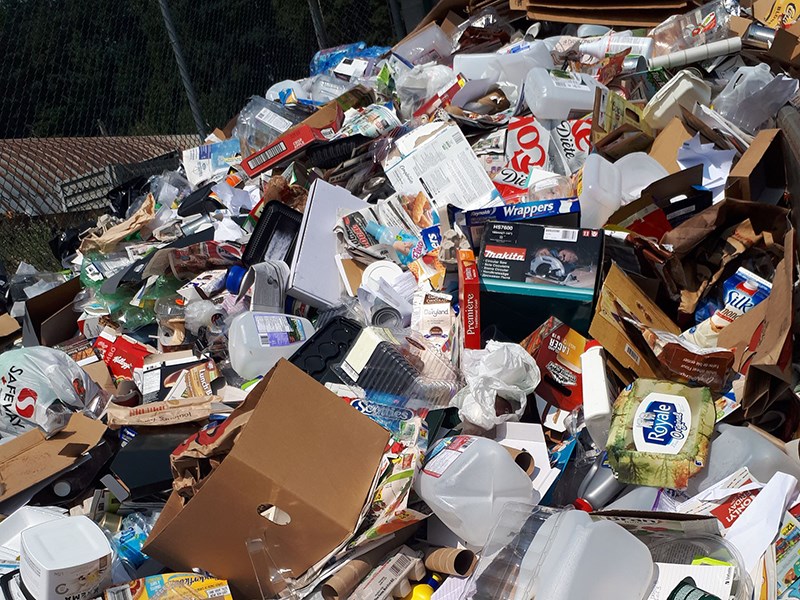At the end of a long day, you head into the grocery store, perhaps guided by your appetite. Almost inevitably, what ends up in your cart comes in a plethora of packaging types.
But even though all your food came from one place, some of that packaging needs sorting. Well intended, you rinse and toss it all into your recycling box to be better sorted “later.”
Meanwhile, you and yours bring in other paper, plastic and styrofoam packaging for various bits and bobs picked up around town. Maybe a coffee maker stops working, a shoe blows out, or you do some renovations and clean out your basement.
Suddenly, your pile of recyclables expands to include paint cans, light bulbs, a small appliance and textiles. You begin wondering how and even if these things belong in the recycling bin and why things got so complicated to begin with.
Well, pour yourself a cup of coffee before you delve into the bin with us. In short, recycling is as complex as the materials we are currently making packaging and products out of, which is to say, very diverse. Here is a short list of why recyclables need sorting:
1. Plastic alone has seven resin codes, you know, those triangles on the bottom of certain items? All of these have their own chemical makeup and particular melting points, et cetera. The good news is machines do much of the sorting for us after we’ve co-mingled them in the bin.
2. Plastics labelled compostable or biodegradable are garbage. Wow, really? Just when you thought you were investing in something great for the planet. The challenges with these types of items are plenty. It is hard, if not impossible, for staff (and the average recycler) to distinguish these from regular plastics, and so they end up contaminating plastic recycling streams and compost piles. Beyond this, many brands only break down into small pieces of themselves rather than actual food for the soil. And, compostable plastic in the regular plastic stream results in less durable products.
3. Curbside recycling accepts cleaned metal, plastic and paper containers, along with printed paper and cardboard. Why no foam, glass or plastic bags? Foam and glass break into small pieces and contaminate the rest of the load, and plastic bags wrap around the sorting equipment causing huge delays and breakdowns at recycling facilities. Take foam, glass containers (not products, like drinking glasses) to any of our recycling depots instead. You’ll also find battery, garbage bag, small appliance, cork, cell phone and pen recycling at many locations. Augusta Recyclers, RONA and Canadian Tire also take light bulbs (unsmashed, please).
4. Nowadays, paper needs to have all plastic bits removed. It used to be okay to include your envelope windows and plastic-lined pet-food bags, but not any longer. Foreign paper processors never wanted these included anyway, and now are much more stringent on allowable contaminants, such as these plastics. So, those coffee, chip, and pet-food bags are currently garbage, folks.
There you have it. Your crash course in local recycling. Still confused? Ask depot operators for assistance, refer to the online resource of the Waste Wise Guide, letstalktrash.ca/2018-waste-wise-guide, (paper copies available at city hall), or write your waste-reduction education team, Let’s Talk Trash.
Let’s Talk Trash is qathet Regional District’s waste-reduction education program.



